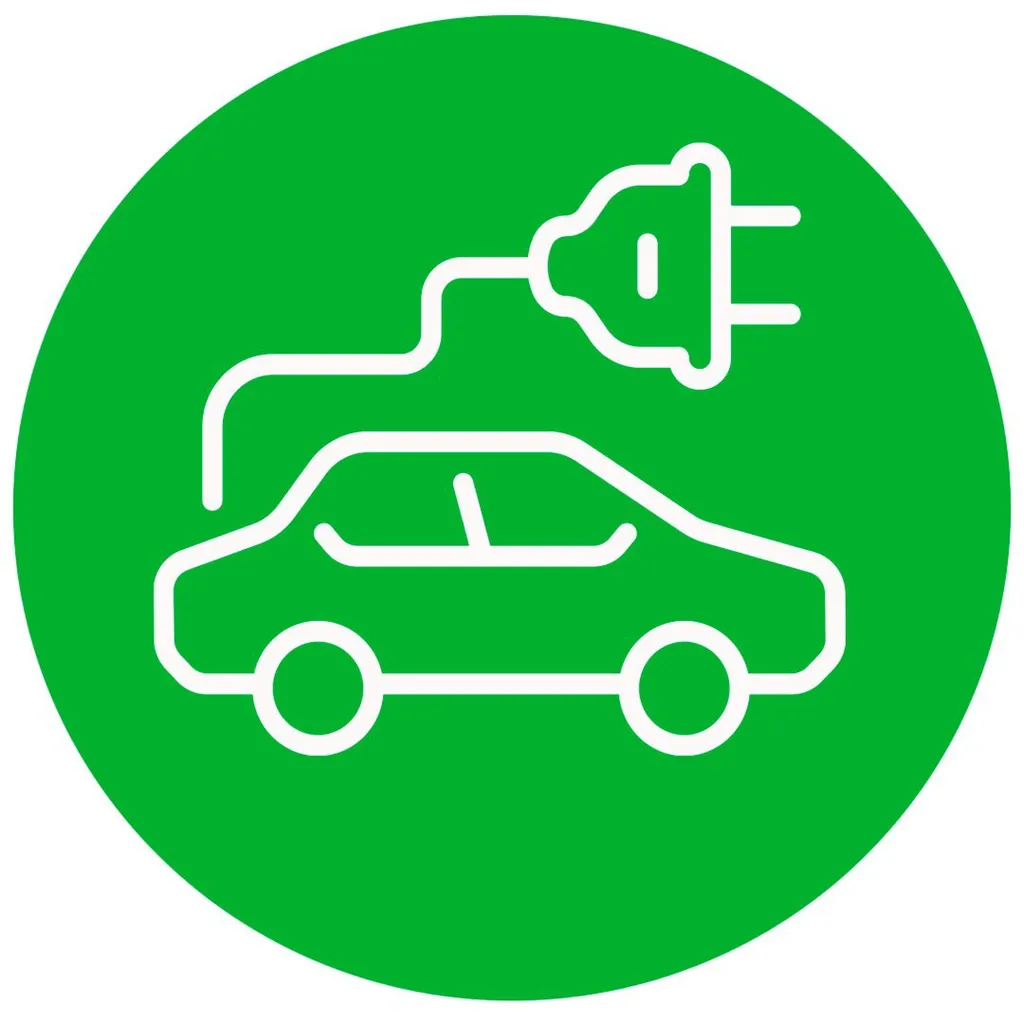- April 25, 2023
- By Karen Shih ’09
If you care even a little about the planet, it can be hard to tear yourself away from headlines and videos about parched riverbeds out West, giant seaweed blobs advancing on Florida or the savannization of the Amazon rainforest.
“Anybody in their right mind would be anxious about climate change,” said Sara Via, professor of entomology and University of Maryland extension specialist. “But the antidote to eco-anxiety and climate doomism—both of which result in no action—is to do something. Pick something that suits you, then keep moving and do the next thing.”
That’s the message she spreads through her website and mailing list, as well as in-person talks and popular summer webinars, which draw hundreds of attendees from across the country.
An evolutionary geneticist by training, Via for years taught a UMD course on ecology and evolution, which included human impacts on ecosystems such as acid rain. But over the decades, she found herself increasingly alarmed by the consequences of climate change and decided to shift from research to focus on educating the public about global warming—and how to make a difference.
“I interpret the science and make things as simple as I can, with useful visual aids. I help people understand what works, like electric heat pumps, and what is less likely to be useful, like carbon capture,” she said. One message she emphasizes: People often feel that individual choices don’t matter, but 60% of emissions from energy use are the result of decisions we make at home.
Though we can’t all develop more efficient air conditioning technologies, create heat- and blight-tolerant apples or build beautiful, sustainable bus shelters like UMD faculty and alums, Via offers ways for the rest of us to address climate change in our everyday lives:

Decrease food waste. Between 30-40% of the food produced in the U.S. is wasted each year, which that means that the land and resources used to produce that food are also wasted, said Via. “Composting is good, but it’s the last step. The first step is: Don’t buy it. Plan out what you need before you go to the store, don’t impulse-buy—which keeps dollars in your pocket—and then make sure you cook and eat every bit of it.”

Purchase less—period. For example, inexpensive apparel from fast-fashion companies like Shein is low-quality and often quickly tossed, said Via. (People discard garments after wearing it just seven times, on average.) “We need a circular economy where stuff gets fixed, reused, then recycled and made into something new, rather than getting virgin materials and throwing it away.” Try buying from thrift stores or trading clothing with friends, and wash clothes in cold water and to line-dry as much as possible, which is not only environmentally friendly but also preserves your favorite outfits.
[Residence Hall Essentials Get New Lease on Life at Terp to Terp Campus ReUse Store]

Electrify everything. For homeowners, replace old gas appliances with electric ones when they die to reduce methane emissions. The Inflation Reduction Act, passed in 2022, offers credits and rebates for electrifying your home. Try an induction stove, which is more efficient than either a regular electric range or a gas stove, and choose a heat pump over a gas furnace. “These infrequent decisions make a big impact,” Via said.

Go plant-based. Whether you’re perusing the options at Yahentamitsi or packing your lunch, try shifting toward a plant-based diet. Cattle farming is a leading cause of deforestation in the tropics, which slashes biodiversity and removes one of the Earth's best carbon sinks, and cows and sheep emit methane as they digest. Getting your hamburger fix means your meal will require 20 times more land and release 20 times more harmful emissions than if you chose a bean burrito instead.

Rethink transportation. When your car reaches the end of its life, switch to an electric vehicle. In the meantime, drive as little as possible—combining errands into one trip, telecommuting or carpooling—and take buses and other forms of public transit (something that will become easier for the UMD community once the Purple Line opens in a few years). If you’re planning a getaway, aim for destinations that don’t involve air travel, which has the highest environmental impact.
Bonus: Read “The Future We Choose,” by Christiana Figueres and Tom Rivett-Carnac, who led negotiations of the Paris Climate Accords. “The authors provide a vision of just how much better the future can be after we get rid of fossil fuels and then explain how we build that future using a mindset called ‘stubborn optimism,’” said Via.
